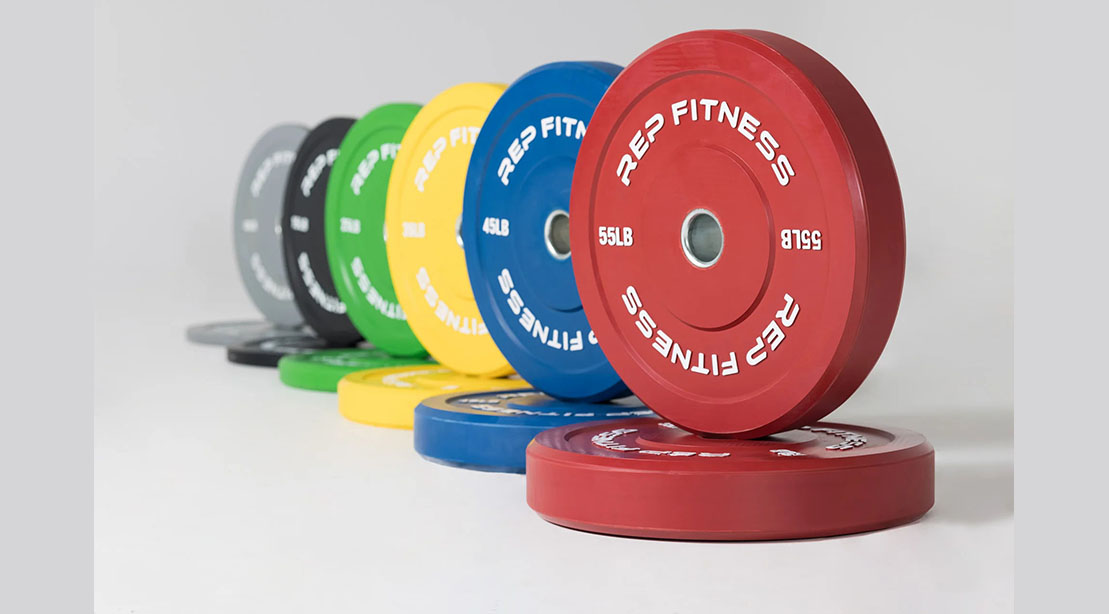
By KIM BELLARD
It’s Cyber Monday, and also you’ve in all probability been procuring this weekend. In-stores gross sales on Black Friday rose 2.2% this yr, whereas on-line sakes rose virtually 8%, to $9.8b – over half of which was through cellular procuring. Cyber Monday, although, is predicted to outpace Black Friday’s on-line procuring, with an estimated $12b, 5.4% increased than final yr.
Lest we overlook, Amazon’s Prime Day is even greater than both Cyber Monday or Black Friday.
All that procuring means a lot of deliveries, and right here’s the place I received a shock: based on a Wall Road Journal evaluation, Amazon is now the main (personal) supply service. The evaluation discovered that Amazon has already shipped some 4.8 billion packages door-to-door, and expects to complete the yr with some 5.9bn. UPS is predicted to have some 5.3bn, whereas FedEx is near 3bn – and – not like Amazon’s numbers — each embrace deliveries the place the U.S. Postal Service truly does the “final mile supply.”
Only a few years in the past, WSJ reminds us, the concept that Amazon would ship essentially the most packages was thought of “fantastical” by its rivals. “In all probability, the first deliverers of e-commerce shipments for the foreseeable future will likely be UPS, the U.S. Postal Service and FedEx,” the then-CEO of Fed Ex mentioned on the time. That quote didn’t age nicely.
Amazon’s development is attributed partially to its contractor supply program, whose 200,000 drivers (often) put on Amazon uniforms and drive Amazon-branded automobiles, though they don’t truly work for Amazon, and a pandemic-driven doubling of its logistics community. WSJ experiences: “Amazon has moved to regionalize its logistics community to cut back how far packages journey throughout the U.S. in an effort to get merchandise to clients quicker and enhance profitability.”
It labored.
However I shouldn’t be stunned. Amazon often will get good at what it tries. Take cloud computing. Amazon Internet Providers (AWS) in its early years was thought of one thing of a capital sink, however not solely is by far the market chief, with 32% market share (versus Azure’s 22%) but additionally generates near 70% of Amazon’s earnings.
Prime, Amazon’s subscription service, now has some 200 million subscribers worldwide, some 167 million are within the U.S. Seventy-one p.c of Amazon customers are Prime members, and its charges account for over 50% of all U.S. paid retail membership charges (Costco trails at underneath 10%). There’s some self-selection concerned, however Prime members spend about 3 times as a lot on Amazon as nonprime members.
The world’s greatest on-line retailer. The largest U.S. supply service. The world’s greatest cloud computing service. The world’s second largest subscription service (be careful Netflix!). It’s “solely” the fifth largest firm on the earth by market capitalization, however don’t wager in opposition to it.
I need to admit, I’ve been a little bit of a skeptic in terms of Amazon’s curiosity in healthcare. I first wrote about them virtually ten years in the past, and over these years Amazon has continued to place its ft additional into healthcare’s muddy waters.
For instance, it purchased on-line pharmacy Pillpack in 2018. “PillPack’s visionary staff has a mix of deep pharmacy expertise and a concentrate on know-how,” mentioned Jeff Wilke, Amazon CEO Worldwide Client. “PillPack is meaningfully bettering its clients’ lives, and we wish to assist them proceed making it simple for individuals to avoid wasting time, simplify their lives, and really feel more healthy. We’re excited to see what we will do collectively on behalf of consumers over time.”
PillPack nonetheless exists as an Amazon service, however has broadened into Amazon Pharmacy. PillPack focuses extra on individuals with continual situations who just like the prepacked capsules, whereas Pharmacy gives dwelling supply to different clients. At its introduction, Doug Herrington, Senior Vice President of North American Client at Amazon, mentioned: “PillPack has supplied distinctive pharmacy service for people with continual well being situations for over six years. Now, we’re increasing our pharmacy providing to Amazon.com, which can assist extra clients save time, get monetary savings, simplify their lives, and really feel more healthy.”
Amazon Pharmacy has since launched RxPass, a $5/month subscription service for a lot of widespread generic medication, however it nonetheless hasn’t cracked the highest ten U.S. pharmacies, so there’s work to be completed. One pharmacy analyst writes: “Maybe at some point Amazon will likely be a real disrupter. For now, Amazon is selecting to affix the drug channel not basically change it.”
PillPack’s co-founders have just lately left.
Earlier this yr, after all of the fumbling round with Haven and Amazon Care, Amazon purchased One Medical. “We’re on a mission to make it dramatically simpler for individuals to seek out, select, afford, and interact with the companies, merchandise, and professionals they should get and keep wholesome, and coming along with One Medical is a giant step on that journey,” mentioned Neil Lindsay, senior vp of Amazon Well being Providers.
Then this month Amazon sought to entice Prime members to affix One Medical by providing membership for $9/month, or $99 per yr. “When it’s simpler for individuals to get the care they want, they have interaction extra of their well being, and notice higher well being outcomes,” mentioned Mr. Lindsay. “That’s why we’re bringing One Medical’s distinctive expertise to Prime members—it’s well being care that makes it dramatically simpler to get and keep wholesome.”
In fact, One Medical is barely in 25 metro markets, with some 200 medical doctors workplace, and it doesn’t contract with each insurance coverage plan. Plus, One Medical CEO Amir Dan Rubin is already on his approach out of the door. Scaling won’t be simple.
Amazon’s success with its healthcare ventures is tough to inform. HT Tech experiences that month-to-month lively customers of the One Medical app are up 16% because the acquisition, and that Amazon claims Amazon Pharmacy doubled its lively clients from 2022 to 2023. Nonetheless, Lisa Phillips, an analyst with Insider Intelligence, scoffed: “It actually hasn’t made a giant dent. I don’t suppose anyone is terrified of it anymore.”
Perhaps. Healthcare is tough, and often confounds outsiders who aren’t accustomed to its byzantine buildings. However I take a look at it this manner: Amazon has been delivering its personal packages for lower than 10 years, and now it’s greater than UPS and FedEx. That’s not nothing. So for the primary time I’m beginning to suppose that perhaps Amazon could make its mark in healthcare.
Amazon the largest healthcare firm in ten years? Don’t wager in opposition to it.


